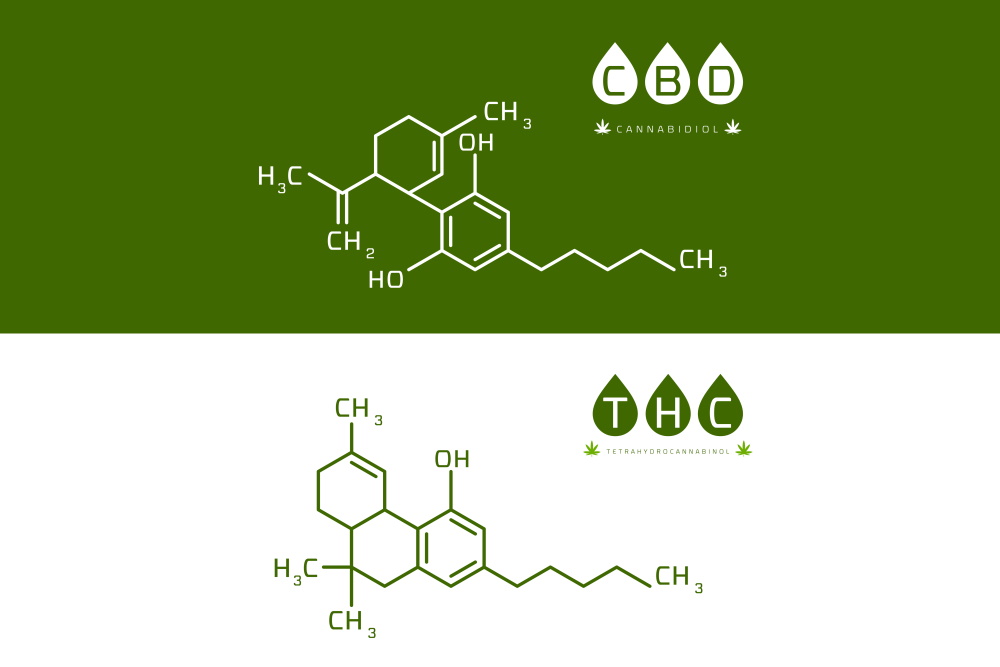When it comes to CBD and hemp-derived THC, misinformation spreads faster than the science. Many people still rely on outdated ideas or myths picked up from social media, friends, or old headlines. Let’s set the record straight with facts backed by research and real-world use.
Myth 1: CBD and Hemp-Derived THC Are the Same Thing
Fact: They are different compounds.
CBD (cannabidiol) is non-intoxicating, while hemp-derived THC (tetrahydrocannabinol) can produce a mild “high” depending on the amount consumed. Both come from the hemp plant, but they interact with the body’s endocannabinoid system in unique ways.
Myth 2: Hemp-Derived THC Is Illegal
Fact: Hemp-derived THC is federally legal under the 2018 Farm Bill—so long as it’s sourced from hemp and contains less than 0.3% delta-9 THC by dry weight. Regulations vary by state, so it’s always smart to check local laws.
Myth 3: CBD Has No Real Benefits
Fact: CBD has been studied for its potential to support stress management, sleep quality, and general wellness. While it’s not a cure-all, many consumers report noticeable improvements when incorporating CBD into their routines.
Myth 4: Hemp-Derived THC Is Unsafe
Fact: Hemp-derived THC, when responsibly formulated and consumed, can be safe for adults. Quality control is key—products should be third-party tested for purity and potency. Choosing trusted brands ensures you know exactly what you’re consuming.
Myth 5: All Cannabis Products Make You Feel High
Fact: Not all cannabis compounds are intoxicating. CBD is non-psychoactive, while hemp-derived THC can create a buzz depending on dosage. Many products combine the two for a balanced effect without overwhelming intoxication.
Myth 6: You Can Get Addicted to CBD
Fact: CBD is not considered addictive. Unlike some substances, it does not produce withdrawal symptoms or compulsive use. Hemp-derived THC also carries a much lower risk of dependency compared to many legal substances like alcohol.
The Bottom Line
CBD and hemp-derived THC are more than myths and headlines—they are compounds with real benefits when used responsibly. By knowing the difference between fact and fiction, you can make informed choices about your wellness journey.

